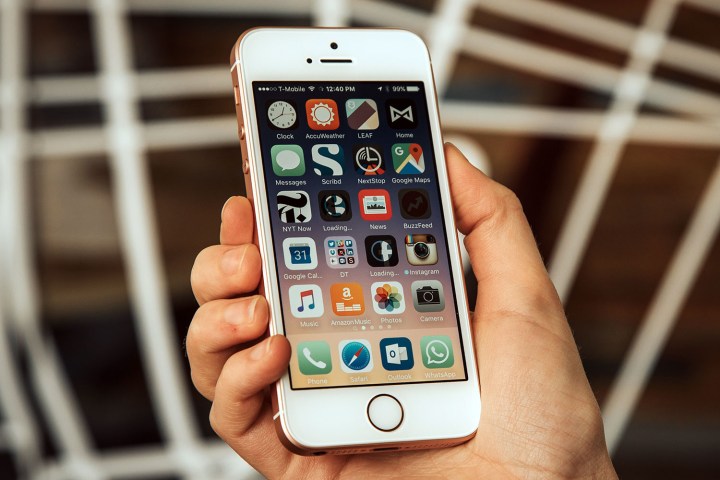
Apple could be launching a new version of the iPhone SE in early 2020, according to a report from Asian newspaper Nikkei.
It’s not the first time we’ve heard of a new version of the iPhone SE. 2018 saw plenty of rumors that Apple would be looking to rejuvenate the SE brand with an iPhone SE 2, but the rumors came to nothing in the end, with the iPhone XR being the only divergence from Apple’s usual release schedule. However, 2020 could be the year devotees see a revamped version of the smaller 2017 iPhone.
According to Nikkei’s report, the new iPhone SE would be loosely based off the iPhone 8, complete with a 4.7-inch LCD screen. This probably means the iPhone SE 2 will forgo the bezel-less trend and go back to the chunky bezeled look of the iPhone 8. But if it doesn’t, then it means the iPhone SE 2 could be a much smaller iPhone, with a 4.7-inch display tucked into a tiny body. While that would be amazing — and would seriously bulk up our list of the best small phones — it seems unlikely that Apple would develop a new casing for a much cheaper iPhone.
But while it may look old fashioned, it won’t be a specs sluggard. Nikkei expects the iPhone SE 2 to come with the flagship specs from this year’s 2019 iPhones, including the new A13 processor. That said, we wouldn’t be surprised if Apple decided to go with the iPhone XS range‘s specs instead, as the Bionic A12 processor would provide more than enough power for anyone.
But why the push to suddenly release a new iPhone SE 2? Apple could be spooked by the sudden emergence of Huawei as a major player on the smartphone scene. Last year, Huawei surpassed Apple to take second place in overall smartphone sales. A new midrange device could be a way for Apple to reinvigorate sales.
It’s also worth pointing out that Apple’s prices have significantly increased in the last year, with prices for the iPhone XS Max starting from a wallet-shattering $1,099. The $750 iPhone XR goes some way to filling the hole Apple has left by pushing price tags upward, but there’s definitely still a desire for an iPhone with a similar cost to the $400 iPhone SE. With early 2020 being closer than it seems, we don’t have long to wait to find out.
That’s all we’ve got on the possibility of a new iPhone SE for the moment, but you can be sure we’ll bring you more when we find it.


